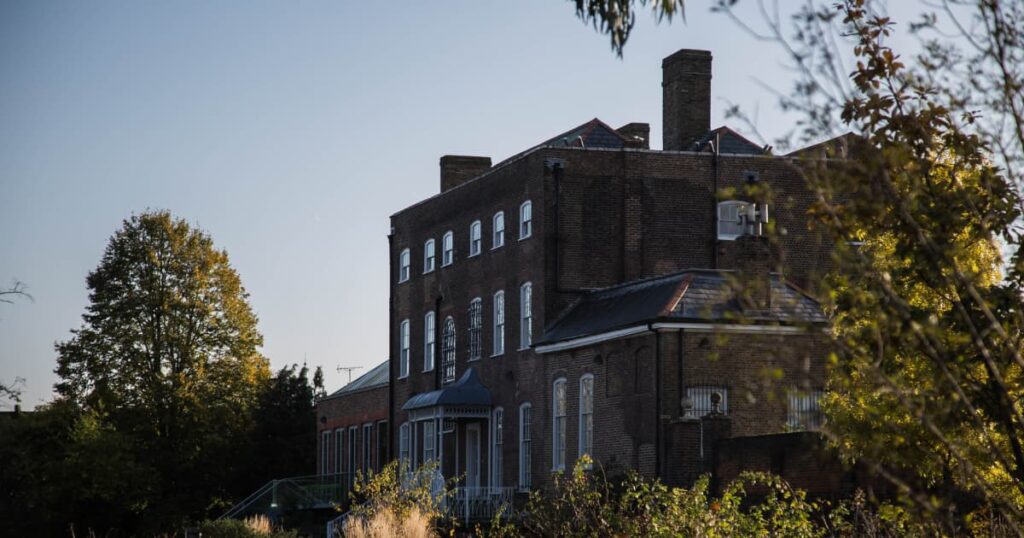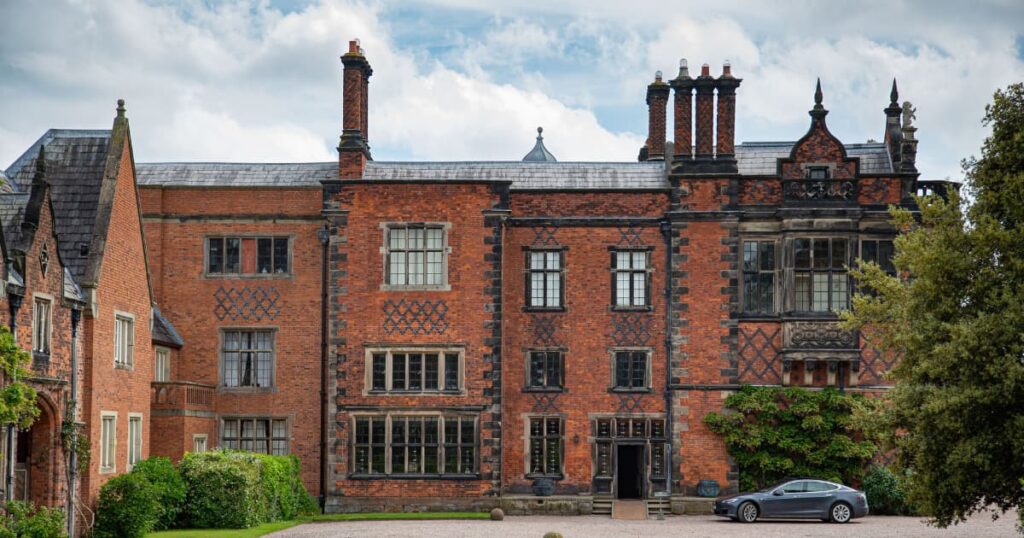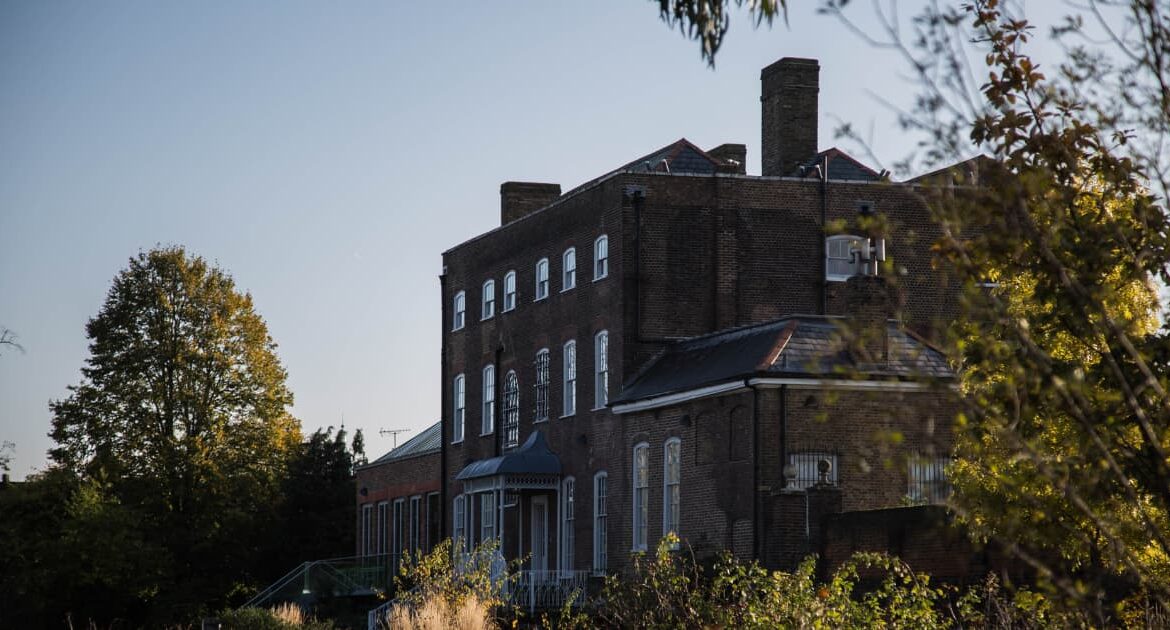
When it comes to renovating and updating an existing structure, there are a multitude of considerations to take into account. One you might not be expecting, however, is the rules and regulations surrounding listed building construction work.
If you own a listed building, then the chances are that you will know about it. Judged to hold some form of national importance by way of historic interest or architectural excellence, listed buildings scatter the UK and have special considerations attached to them when it comes to planning permission and construction work.
In this article, we peel back the layers of the listed building regulatory board and give you some insight into what you need to think about during each stage of your renovation project.
How does listed building consent work?
If you are already thinking about your renovation work, then you will likely have been quoted ‘listed building consent’ already. This essentially refers to the governing body which is responsible for preserving the significant assets of your home. When you want to do work on a listed building, you must apply for listed building consent from that governing body, who will take into account what you want to do to the property and how it will impact the aspects of the building which are considered to be a heritage asset.
There are varying degrees of national importance surrounding these homes – most homeowners will live in Grade II listed buildings which are of the lowest importance and are thus the easiest to get consent on.
What if I do the work and haven’t received consent?
This is where ‘retrospective consent’ comes into play. Retrospective consent is required when work has been carried out without the correct consent, or else face potential enforcement action which would see you having to return the property to its former state prior to the construction work.
This is neither a practical nor an ideal scenario for the governing body or the homeowner.
What other considerations should I take note of?

Conservation Area Building – If your listed building is located inside an area of conservation then this adds an extra layer to the complexity of your case, not only meaning you must preserve the building but also the structure and context of the conservation area. Conservation areas are only likely to affect those who want to rework the grounds around their property as they tend not to focus on the building itself. It is also important to note that any trees inside a conservation area are likely protected under a preservation order and removing them will not be allowed.
Interior Maintenance – General maintenance is not always liable for consent but this will depend on the scale of the work that needs doing. As a general rule, interior maintenance and upkeep must retain the fabric and material of the building – particularly regarding any internal finishes or details. When in doubt, check with your local heritage governing body.
Exterior Maintenance – Most exterior features on a listed building must be maintained through replacement of the feature on a like-for-like basis. That means that if a gutter or piece of drain pipe breaks, it must be replaced in an aesthetically identical way to retain the appearance of the property.
Conservation Grants – It can be expensive maintaining a listed building, and that’s where conservation building grants come in – though these are not easy to apply for and get your hands on. Grants are easier to find for large management projects, however those smaller repairs will likely have to be paid for by the homeowner. In many ways, for those maintaining a listed building it is local funds and discretionary grants which are most likely to support your needs, providing funds from lottery heritage funds and Historic England local allowances.
How to get the right advice
Prior to contacting any building firm, we recommend you get expert advice on exactly what kind of consent your project requires. Not only will this give you the security you need to continue with your project, but it will save you from any future problems surrounding the upkeep of your property and its surroundings.
Best of all, gaining listed building consent is completely free – so applying and getting the official nod from the governing body to proceed with your work has absolutely no financial implications at all.
Once you’ve gained the correct consent and are ready to discuss the finer points of your construction project, we would love to hear from you! Get in touch with our team to find out how we can help.

